“If we can strike fear in to these sides then that would be great.”
Bold words from French coach Corinne Diacre but with the way they have performed, teams will be wary of the nightmare that is the French national team. The FIFA Women’s World Cup is well underway with each team having just completed the first of their group stage matches. The second round of fixtures begins today with the hosts France taking on Norway. The two teams have started off the tournament in positive fashion, especially France who recorded a dominant 4-0 victory over South Korea on Friday.
The inaugural match of the FIFA Women’s World Cup brought a different and more watchful eye to proceedings with a large turnout at the Parc des Princés in Paris. France entered the match on the back of some impressive form, having won six of their last seven matches in the build-up to the World Cup, their only loss came against Germany in a narrow 1-0 defeat. Having convincingly beaten South Korea on the opening day, France will now be tested against their Nordic rivals, Norway.
The Norwegians dispatched Nigeria with ease and will look to continue their winning ways with a win over tournament favourites France. Don’t let their 12th place ranking fool you, Norway will be at least expected to make the knockout rounds and the Nordic squad is packed with some serious talent, boasting the likes of Caroline Graham Hansen, who has recently signed for Barcelona Femení. This will be the second FIFA Women’s World Cup meeting between France and Norway, with the Norwegians winning the game 2-0 at the 2003 edition.
This tactical analysis preview will analyse both teams and give you an insight on their tactical strengths, weaknesses, and ways in which they can exploit the one another. Both teams will want the win to gain a major advantage heading into the final game of the group stages.
Squad & Line-ups
France are expected to face Norway with the same line up that faced South Korea. They will continue with the highly successful 4-2-3-1 formation that has served them all throughout the pre-tournament build to the World Cup. Amandine Henry will continue to partner Élise Bussaglia in midfield to provide much-needed experience and defensive cover. Eugénie Le Sommer and Delphine Cascarino rarely put a foot wrong and will likely continue as the wide attacking options. In fact, Le Sommer’s goal after nine minutes was the fastest in an opening game of a World Cup.
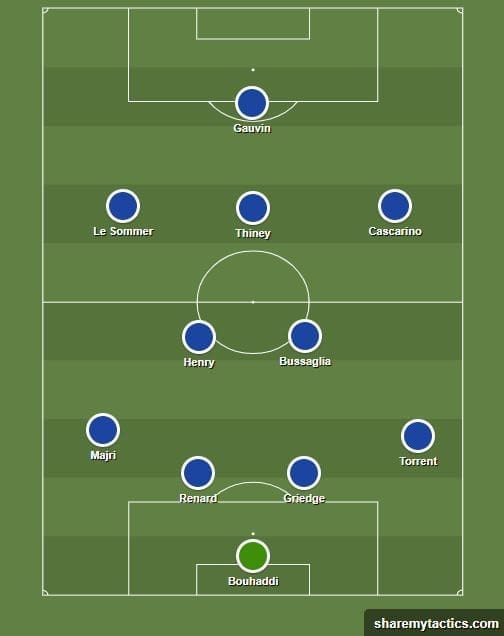
After their convincing win against Nigeria, Norway likewise have little reason to change a winning formula. Guro Reiten performed superbly against the Super Falcons and will want to bring her rich vein of form to Nice. Hansen will provide her attacking exploits off Norway’s right side while Lisa-Marie Karlseng Utland will partner Isabell Herlovsen in attack.
“Our style will be totally different against France. We were on top of the match all the time [here] but against France it will be a totally different match, they are much more attacking than we are.
“We’re going to go a bit deeper, we’ll play as more of a group. We will try to make counter-attacks against France. We have a clear plan for how we’re going to play against them. We know it’s going to be tough, but we have a very good team.” – Martin Sjögren
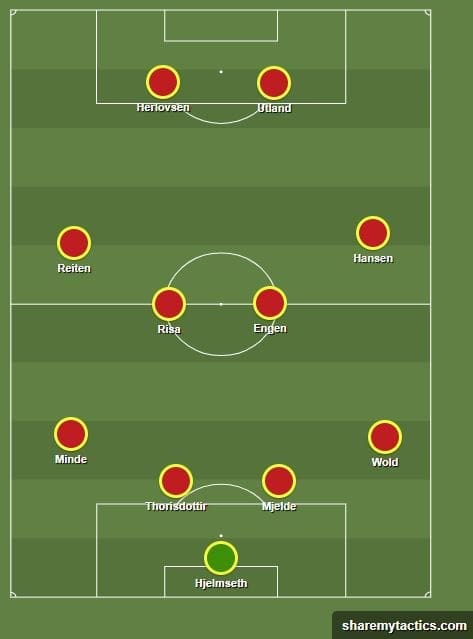
Norway’s successes out wide
One of Norway’s major strengths comes from their wide attacking play, particularly Hansen. The Norwegian winger has been touted as one the Nord’s star players and will have an important role to play throughout the tournament if they want any chance of progressing further. Martin Sjögren’s side often utilise short passes and trigger based movement in their build up.
One central midfielder converts into a half-back creating an overload in the central areas, however, this is only a ploy to keep their wide options open. The full-backs are usually stationed higher up with the wingers playing as inside forwards. Both Reiten and Hansen prefer narrower starting positions playing closer to the strikers, allowing the full-backs more space to cause havoc out wide.
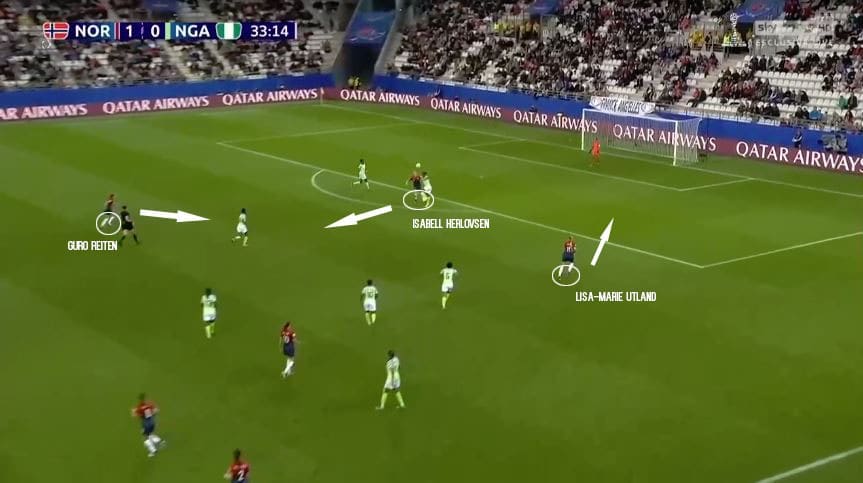
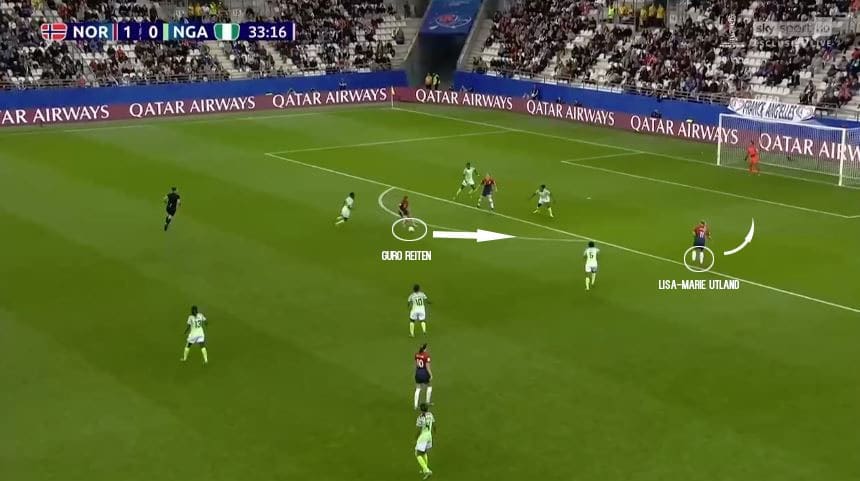
Norway’s first match against Nigeria was a prime example of their wide attacking play style in full effect. The second goal scored by Utland saw three of the four attacking players involved in the build-up to the goal. As graphics below portray, the long ball from Vilde Boe Risa sent a long ranged pass into the experienced Herlovsen who controlled it for Reiten. The LSK Kvinner winger sees Utland unmarked and plays a quick ball through for the forward to expertly finish past the Nigerian goalkeeper.
In truth, the transition from midfield to attack was fairly simple. The lackadaisical marking from Nigeria played a hand but the movement between the Norwegian midfield and attack was undoubtedly coherent and connected. France prefer the wide areas too, often leaning on their defensive midfielders for protection by moving across to the threatened side.
Norway’s full-backs could push the French full-backs into their own half by applying territorial pressure through counter-attacks. Both Amel Majri and Marion Torrent will have to keep a watchful eye on the combination play of Norway’s wingers and full-backs.
France will be expected to hold most of the possession though, making Norway rely on quick counter-attacks to score goals. The Norwegian wingers’ movement will be vital to their success due to their speed and agility going forward.
France’s defensive structure
However, France are capable of defending diligently and are quick to transition into a defensive formation that is perfectly equipped to deal with this dangerous wide attacking play. They transform into a defensive 4-4-2 formation with the full-backs tucking in and wingers slotting in as auxiliary full-backs. This adds an extra layer of protection to France’s defence and forces the opposition to send hopeful deliveries into the centre from deep.
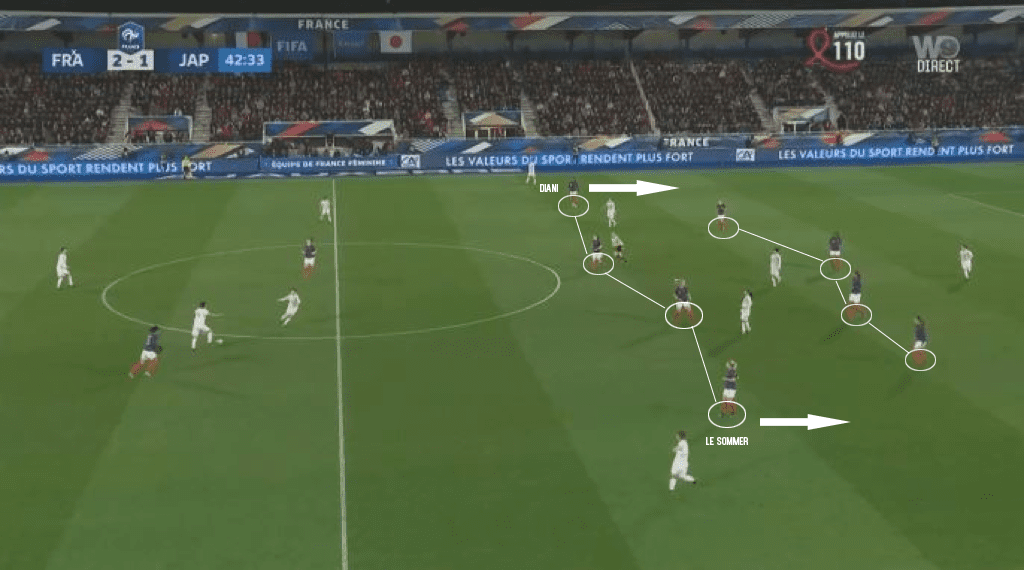
This example clearly highlights France’s off-the-ball positional structure. Both Gaëtane Thiney and Valérie Gauvin are pressing from the front as the rest of the team have slotted into position. Both Le Sommer and Kadidiatou Diani have stationed themselves just in front of the full-backs with the aim of dropping in to cover the empty spaces.
Together with Bussaglia and Henry, they create a de facto back six. The two defensive midfielders patrol the space around them giving France more spatial control as the gap between the centre-backs and defensive midfielders is short. The added benefit of closed off passing lanes makes it extremely difficult for the opposition to penetrate through.
The Norwegian attackers will have to be on top of their game and use dynamic movement to try and move the French full-backs out of position if they are to dethrone France in Nice. If they can replicate the form they showed against Nigeria then it could be a testing night for the hosts.
France’s midfield pressing & possession
As the old cliché goes, the match will be won and lost in midfield. This holds true particularly in this case as France and Norway are heavily reliant on their central midfielders as a gateway to their attacking prowess. Both Henry and Bussaglia are midfield controllers and are stationed there to not only be eloquent passers but also efficient ball pressers.
France’s defensive strategy revolves around pressing in numbers. They do so by creating defensive overloads in different areas of the pitch with the aid of the full-backs and on occasion the wingers. Creating numerical superiority in the press allows them to pressure the opposition into a mistake and give the French ladies an opportunity to counter-attack high up the pitch.
This was designed to secure possession in midfield and force the opposition to into the wide areas. France’s full-backs and wingers work in together defensively to reinforce the flanks as well as assist the central midfielders in the wide press. Keeping the opposition’s focus on one side frees up with the opposite side to counter-attack.
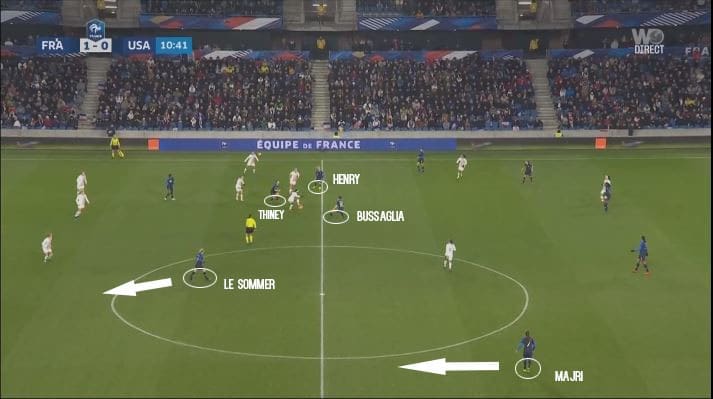
The above graphic indicates the sort of press Norway should expect from this French team. In this situation, Henry, Bussaglia, and Thiney are pressuring the American midfielder but the other three French players are moving into positions to cover any extra movement. Assuming France win possession here, they can switch play to Majri on the opposite side who has acres of space to utilise.
Amel Majri & Marion Torrent hold key but does Norway have a glimmer of hope?
France’s full-backs have been a feature of the team’s offensive play. Both Torrent and Majri have been ever-present for the national side and provide much of the attacking impetus. Going forward both players are exceptional, with Majri being the more attack-minded full-back whereas Torrent is slightly more reserved. However, despite their threat, does Norway have a chance to negate them?
To understand Norway’s chances, elaborating on France’s attacking strategy becomes important. As the analysis alluded to earlier, France’s build-up includes quick transitions and wide attacking play courtesy of the full-backs. Just like in defence, the wingers and full-backs work in tandem, and in attack, they look to disrupt the opposition shape in the wide areas.
Le Sommer primarily plays alongside Majri, the left-back, and the two together become France’s focal point for most attacks. Majri overlaps Le Sommer giving the Lyon forward a passing option or space to run into created by the French-Tunisian’s movement. The right flank consists of Delphine Cascarino, a right-winger who is comfortable drifting in or staying wide. Her tendency to hug the by-line entices Torrent, to play slightly narrower and alter her movement depending on Cascarino’s positioning.
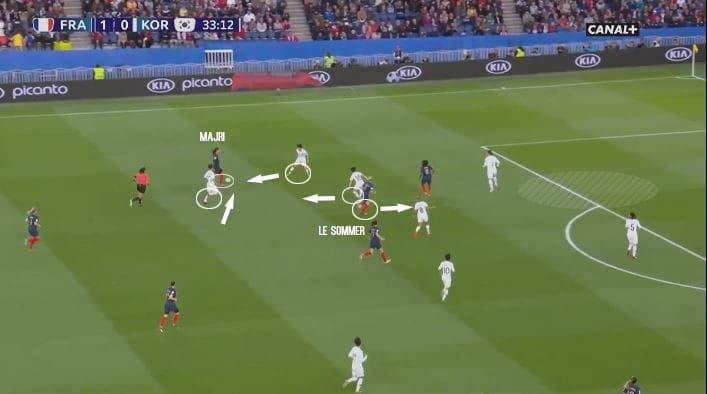
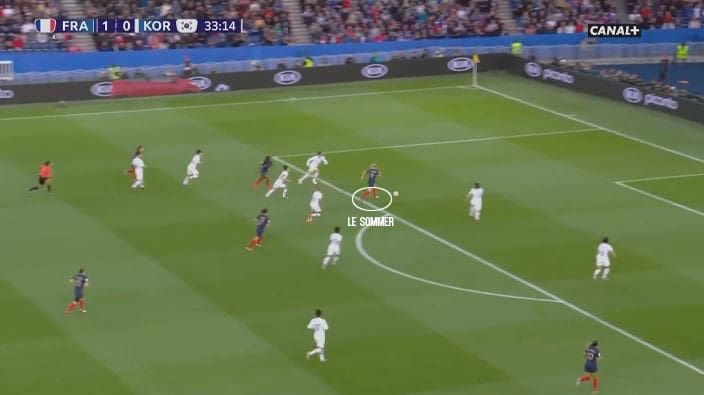
As the graphics above highlight, against South Korea Majri is seen bursting down the left flank attracting three defenders towards her. Le Sommer is now given a free run towards the South Korean penalty box exploiting the empty area in front of her. A perfectly weighted pass from the left-back presents Le Sommer a clear cut opportunity to score. This example portrays the relationship built between the two left-sided players.
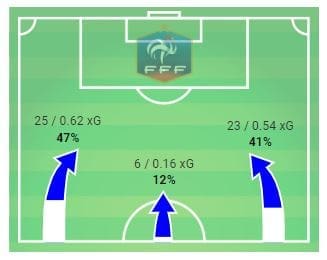
Majri’s marauding runs into the final third, while dangerous, could present an opportunity for the Norwegians to exploit the space in behind. Hansen will have a key role here as she will need to use her guile and expert positioning to pounce on any extra space given the French left-back. Reiten will have a similar job on the opposite flank.
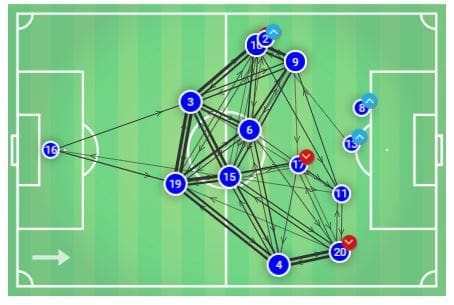
The pass map above is a clear indicator of Majri’s high average positioning. Le Sommer and Majri maintained a close distance to each other throughout the match and caused South Korea multiple problems. Norway’s full-back and right-sided centre-back will need to be in constant communication to negate this threat.
However, Norway’s glimmer of hope is in their defensive shape and structure. The Nordic side also transform into a 4-4-2 out of possession, keeping the distance between the midfield and defence short. The shorter distance prevents the opposition penetrating through and closing off passing lanes.
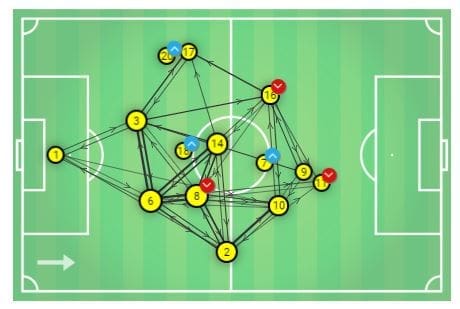
Often employing a low-block, Norway invite opposition teams to push forward creating space in behind the opposition defensive line. They do, however, press their opponents upon certain triggers. A poor pass into the wide areas is usually their primary trigger that alerts other surrounding players to swarm the ball carrier.
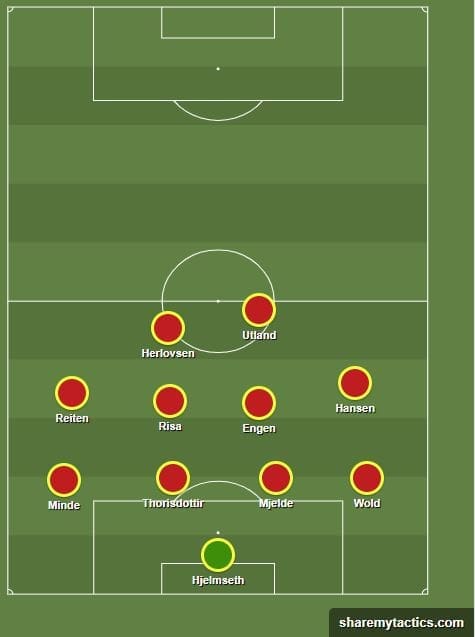
The statistics don’t lie. Against Nigeria, Norway attempted 52% of their defensive duels in the defensive wide left area, albeit succeeding on just three occasions. However, their focus on defending the wide spaces will be vital in stopping the French women from creating scoring opportunities.
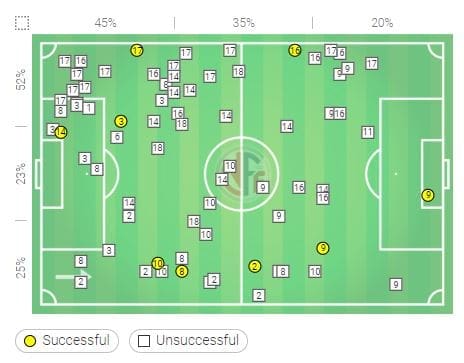
A cold night in Nice
This tactical analysis preview might have been heavily in favour of France but Norway shouldn’t be taken lightly. The Norwegians possess a formidable team even without their star striker Ada Hegerberg. The game will offer a fascinating tactical battle between two nations who both heavily rely on their wide players as goal threats.
The French full-backs will play an important role if France want to have any chance of beating an astute Norway side. Majri and Torrent may need to taper their marauding runs and closely mark Reiten and Hansen who can be devastating on the counter-attack. Both teams will find success in the wide areas and the game should promise goals.
While Norway are able to keep play stable in midfield, they aren’t the greatest defensive team and will want to counter France as much as possible. France should collect another three points but victory won’t come as easy as it did against South Korea.
If you are following the FIFA Women’s World Cup 2019 then you will find our FREE tactical preview magazine the perfect compliment to the tournament. You can download it HERE – each nation is previewed and we also profile their key player and young player to watch. Enjoy!

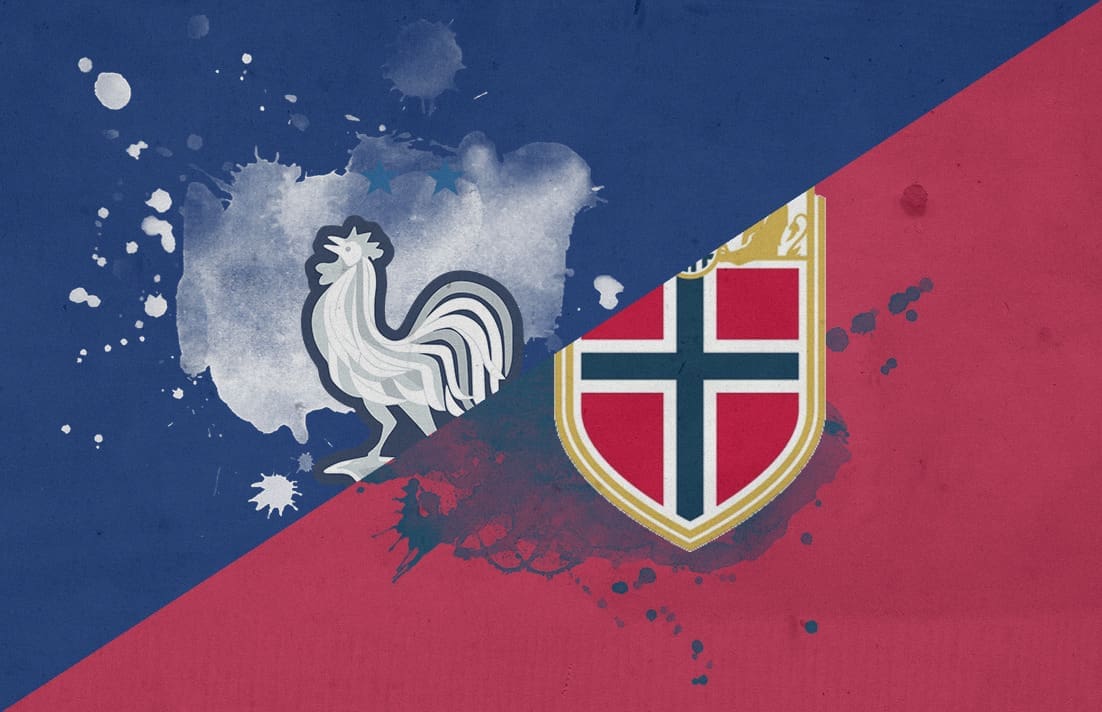



Comments